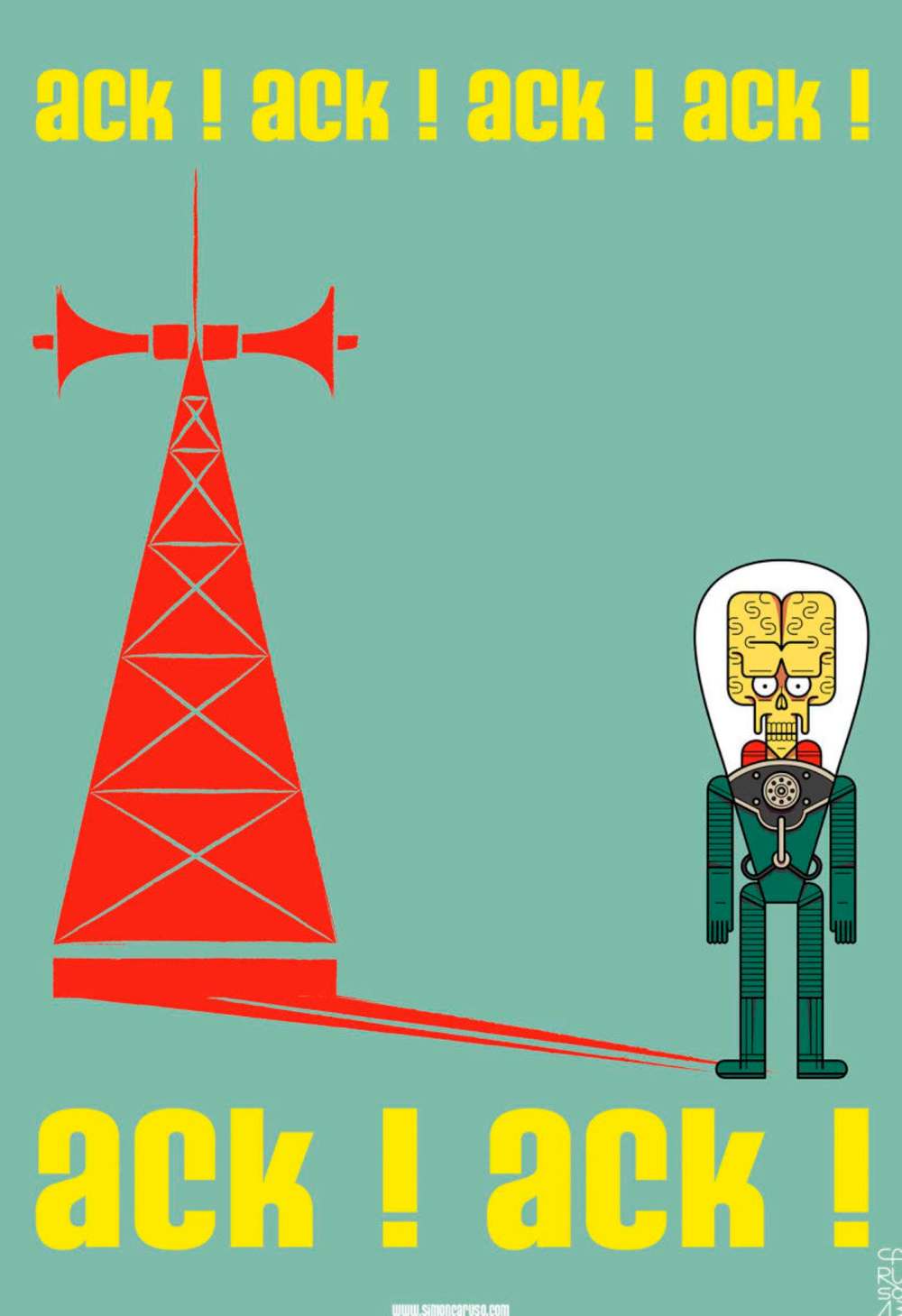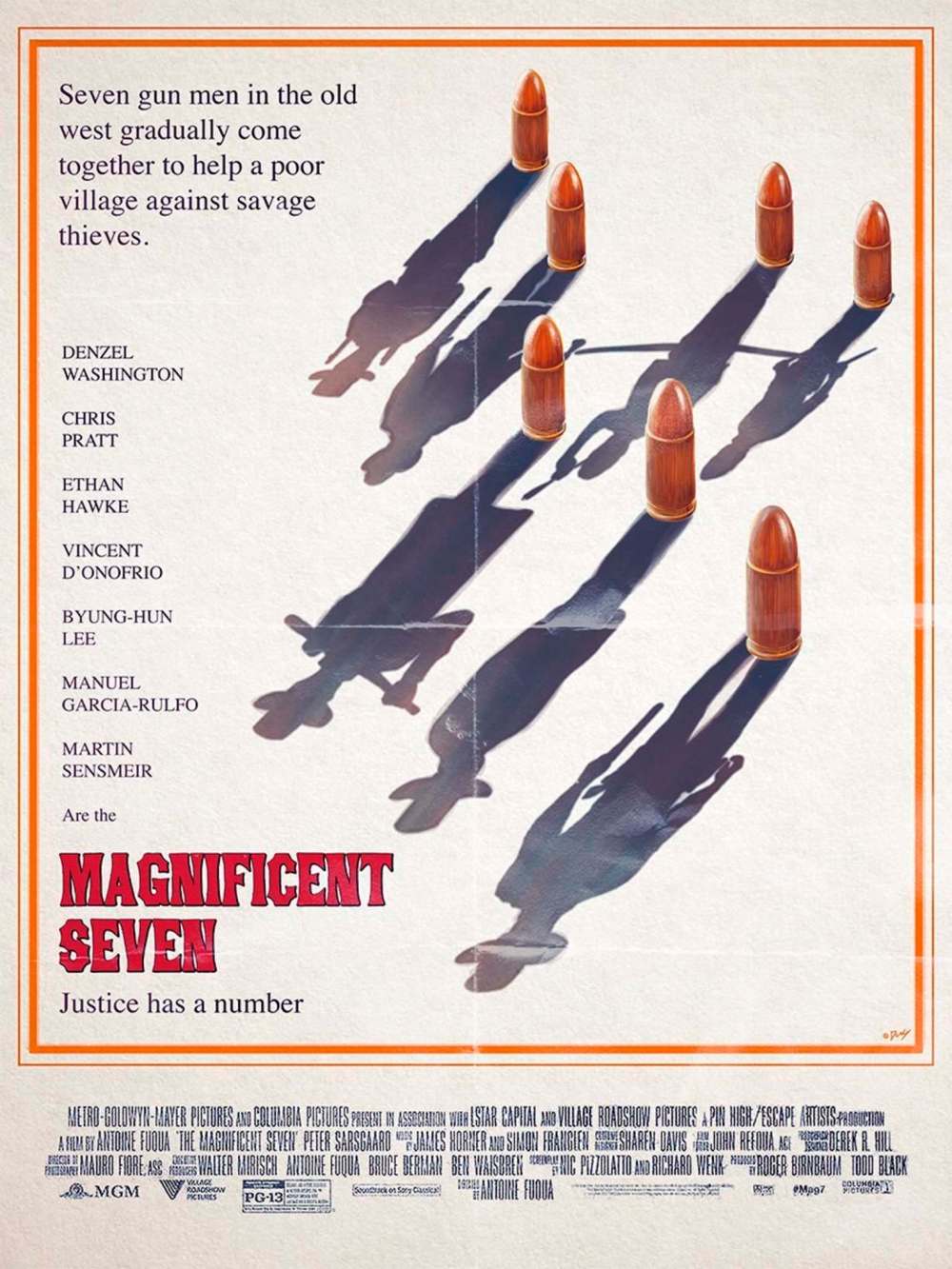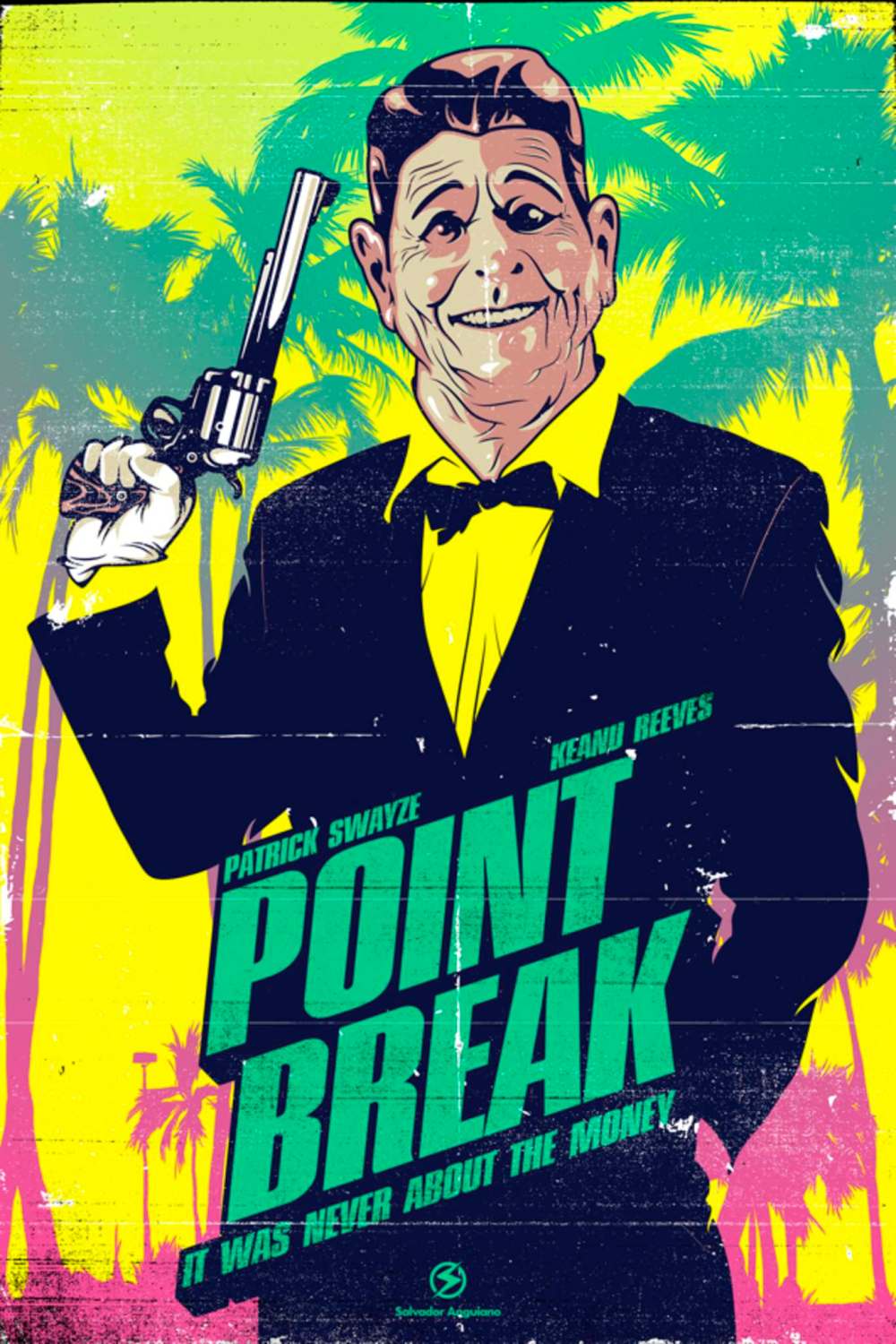Movie magic
Hollywood blockbusters re-imagined in stunning poster collection
Advertisement
Read this article for free:
or
Already have an account? Log in here »
To continue reading, please subscribe:
Monthly Digital Subscription
$1 per week for 24 weeks*
- Enjoy unlimited reading on winnipegfreepress.com
- Read the E-Edition, our digital replica newspaper
- Access News Break, our award-winning app
- Play interactive puzzles
*Billed as $4.00 plus GST every four weeks. After 24 weeks, price increases to the regular rate of $19.00 plus GST every four weeks. Offer available to new and qualified returning subscribers only. Cancel any time.
Monthly Digital Subscription
$4.75/week*
- Enjoy unlimited reading on winnipegfreepress.com
- Read the E-Edition, our digital replica newspaper
- Access News Break, our award-winning app
- Play interactive puzzles
*Billed as $19 plus GST every four weeks. Cancel any time.
To continue reading, please subscribe:
Add Free Press access to your Brandon Sun subscription for only an additional
$1 for the first 4 weeks*
*Your next subscription payment will increase by $1.00 and you will be charged $16.99 plus GST for four weeks. After four weeks, your payment will increase to $23.99 plus GST every four weeks.
Read unlimited articles for free today:
or
Already have an account? Log in here »
Hey there, time traveller!
This article was published 31/03/2018 (2756 days ago), so information in it may no longer be current.
Leafing through the text of Posterspy: Alternative Movie Poster Collection, one may be struck by the admiration shown by many of the 58 showcased poster designers for classic mainstream artists such as Drew Struzan (Star Wars, Back to the Future, Indiana Jones) and Bob Peak (the Star Trek movies, James Bond, Apocalypse Now).
That admiration is not necessarily implicit in their own work. The classic movie poster, as drawn by Struzan, is intended to give lots of information, usually a movie star or two as the central focus (a.k.a. the “Giant Floating Heads”), a title, and background suggestive of epic, cast-of-thousands spectacle.
Of course, the classic movie poster was primarily a sales tool, designed to tantalize with enough important information to compel you into a cinema.
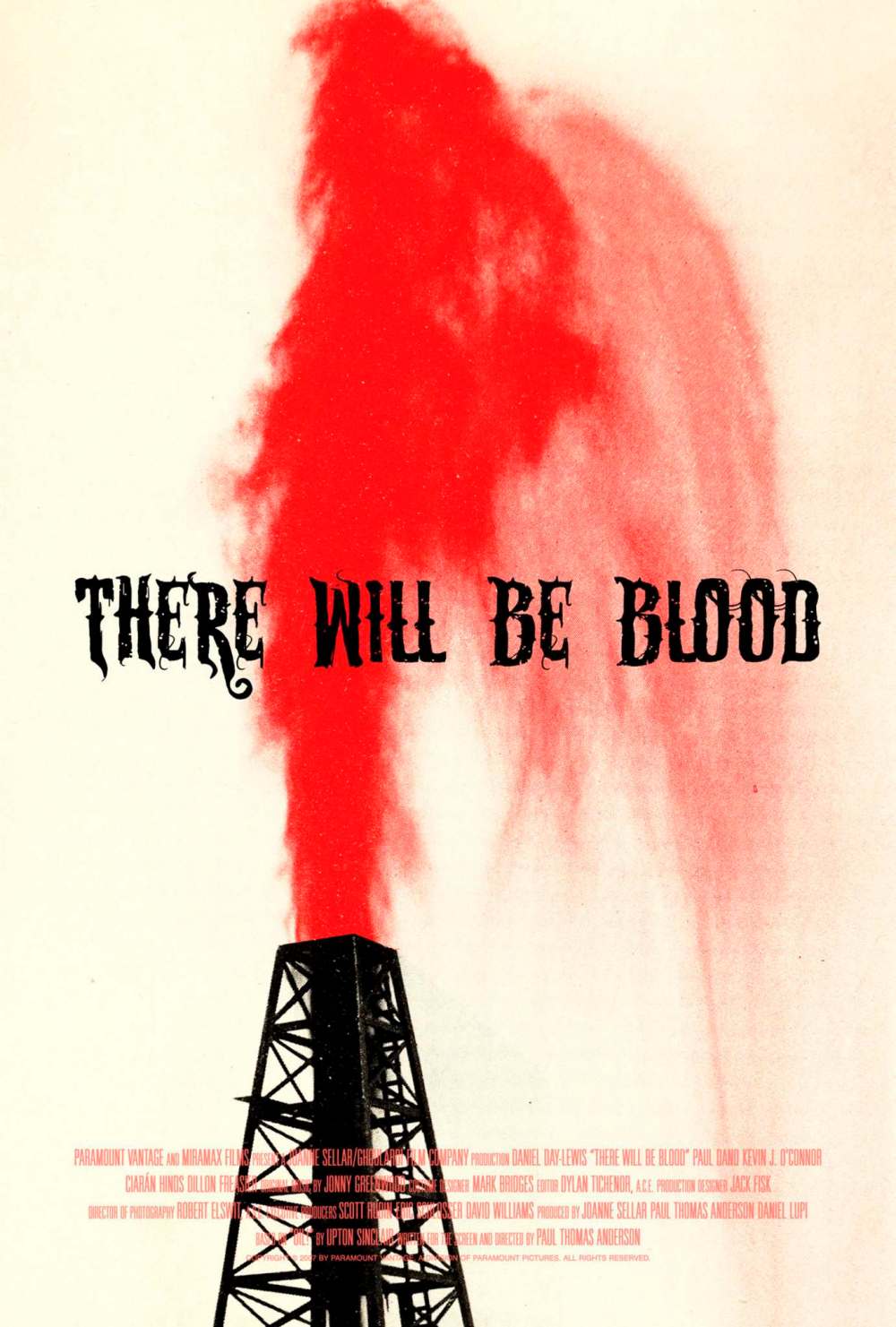
The poster art coming from movie studios now is less important, given the ability of studios to stream trailers online. It’s no wonder they don’t make ’em like they used to. Many contemporary movie posters are just rote variations of past works, right down to their familiar colour schemes.
Alternative movie posters, an online phenomenon for the past few years, exist to fill the void and bring back the once-celebrated artistry of the form.
Alternative artists have a few advantages over the studio drones. Primarily, they don’t have to sell a movie. Since they tend to make posters for films that have been out for a while, they can give licence to their creativity without fear of studio interference.
That also means they feel no obligation to tell a story. They are generally content to have fun with a single element from any given film.
Posterspy contributor Salvador Anguiano’s Point Break poster, for example, simply places a bank robber in a Ronald Reagan mask against a stylized Los Angeles backdrop, to disturbing but gorgeous effect. Anguiano is not trying to entice you to see the movie. His only agenda is to remind you why you may have liked the movie in the first place.
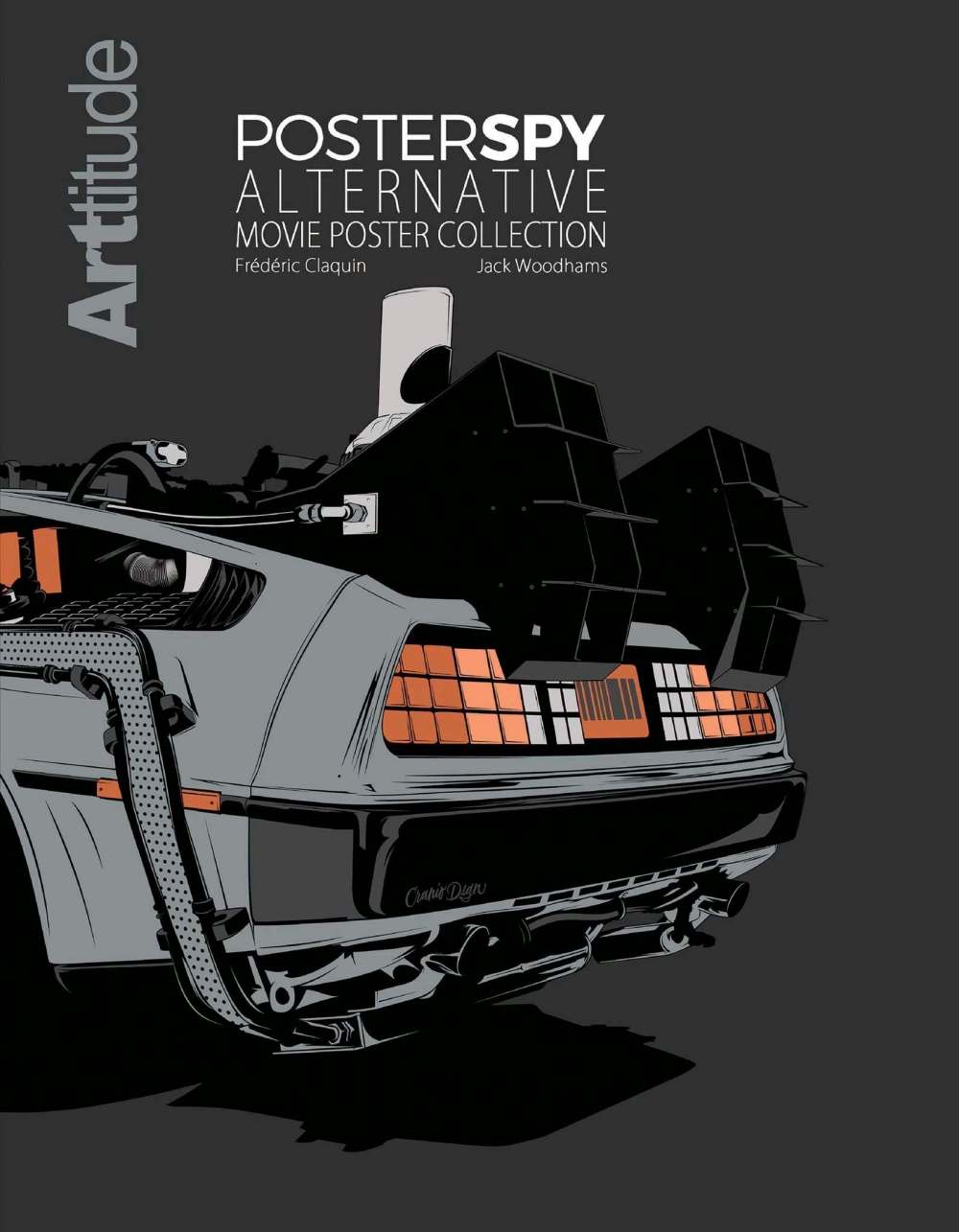
Time and again, that dynamic holds. For one of his posters, Simon Caruso doesn’t even bother putting the words Mars Attacks anywhere on the graphic. He simply draws one of the hideous aliens from that Tim Burton film and offers up the creature’s native language as title and tagline: “Ack! Ack! Ack! Ack!”
With a few exceptions, the artists generally ignore star power. Scott Saslow’s poster for There Will Be Blood doesn’t bother with the Oscar-winning presence of Daniel Day-Lewis in that film, instead offering up a potent image of an oil well gushing blood.
Where Struzan made a point of putting Michael J. Fox front and centre in all three of his iconic Back to the Future posters, almost all of the posters in this book — including the cover illustration — emphasize the DeLorean automobile that functioned as a time machine.
So Struzan gets a lot of lip service, but going by the designs on display here, the most influential artist would default to Saul Bass, the brilliant poster designer (Anatomy of a Murder, Vertigo, West Side Story) who helped Alfred Hitchcock design the shower scene from Psycho. A lover of abstract graphics, Bass gets homage paid by artist Matt Needle to his West Side Story poster depicting dancers on a fire escape, ingeniously placed within a silhouette of snapping fingers.
How Bass would have loved Viktor Hertz’s minimalist Psycho poster, done with washroom pictographs. Given his disdain for movie stars, Hitchcock himself would have been impressed, come to think of it.
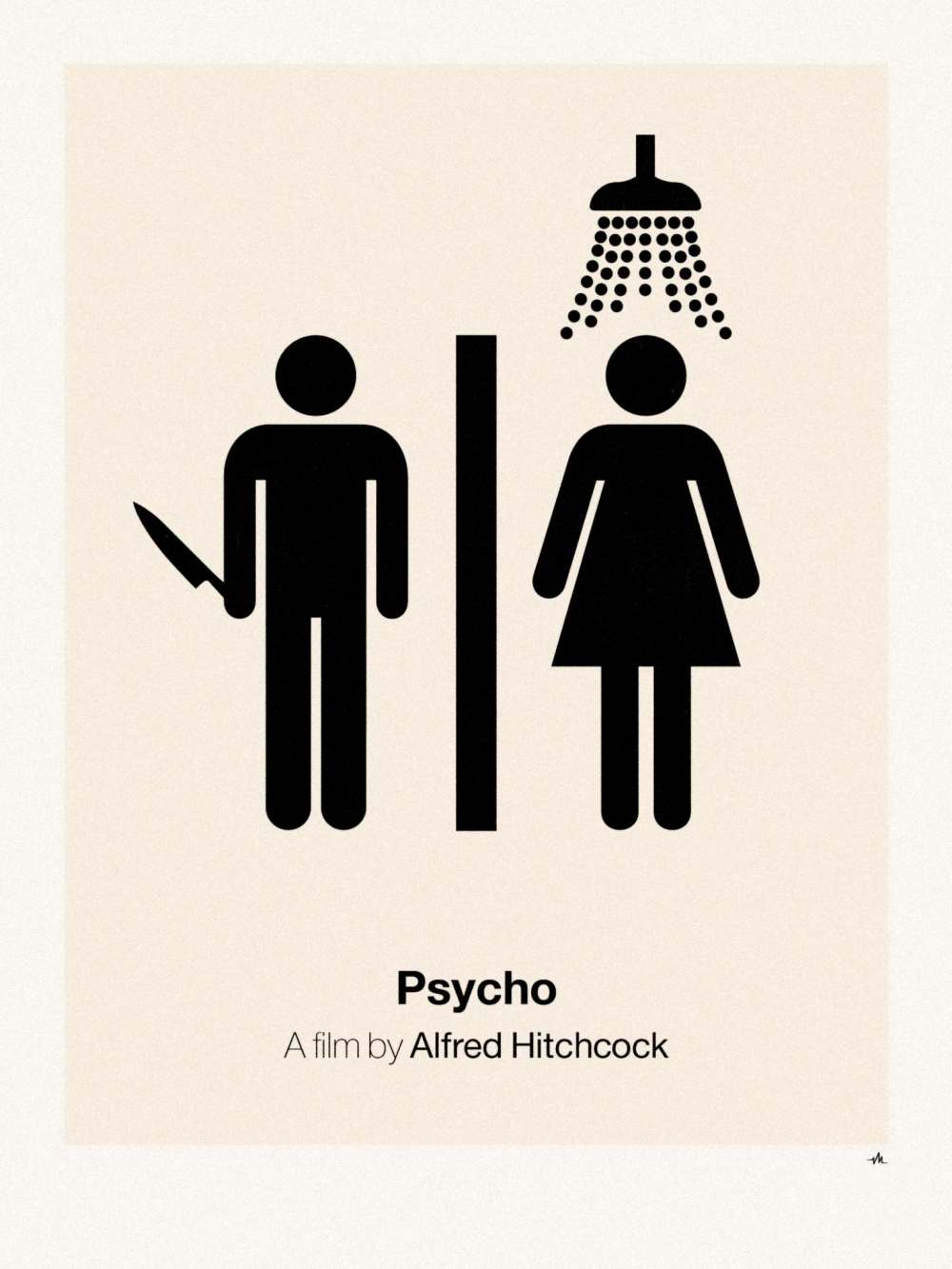
Randall King reviews film and theatre for the Winnipeg Free Press and he is not giving up his original Rocketeer poster anytime soon.

In a way, Randall King was born into the entertainment beat.
Our newsroom depends on a growing audience of readers to power our journalism. If you are not a paid reader, please consider becoming a subscriber.
Our newsroom depends on its audience of readers to power our journalism. Thank you for your support.



